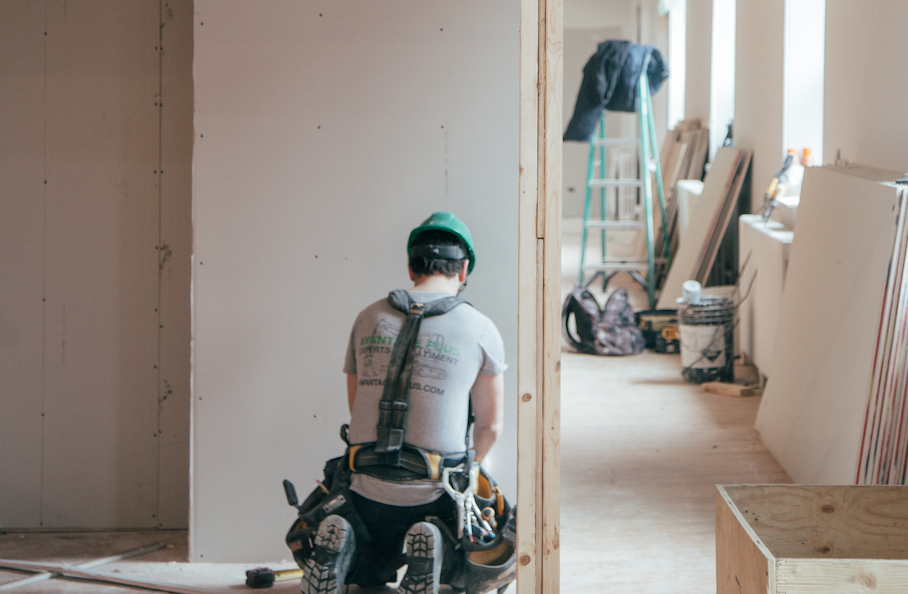By: David Morson
Legislative Reform
Assembly Bill 5
In California, a growing issue is the misclassification of employees as independent contractors. This has left workers without basic rights and protections, such as unemployment insurance or workers’ compensation in the event that they are injured on the job.
The “ABC” test is a legal test that is used to determine whether a worker is an employee or an independent contractor. Codified by the passing of Assembly Bill 5 (AB5) in 2019, it now applies to all claims arising under the Labor Code, the Unemployment Insurance Code, and the wage orders of the Industrial Welfare Commission[i].
Under the “ABC” test, a worker is considered to be an independent contractor unless the employer demonstrates: (a) that the worker is free from the control and direction of the employer, (b) that the worker performs work that is outside the usual course of the employer’s business, and (c) that the worker is customarily engaged in an independently established trade, occupation, or business of the same nature as that involved in the work performed.[ii]
However, certain statutory exceptions do exist. AB5 also exempts certain occupations from the application of the “ABC” test[iii]. Instead, those occupations are governed by the multi-factor test adopted in S.G. Borello & Sons, Inc. v. Department of Industrial Relations (1989) (see below).[iv]
Assembly Bill 2257
The fact that some industries were exempt from the application of AB5 while others were not led to controversy and confusion. This led to the enactment of Assembly Bill 2257 (AB 2257) on September 4, 2020.
The “ABC” test remains the default test for determining a worker’s status, but AB 2257 made certain revisions and created more exemptions.[v] By virtue of AB 2257, many more workers are exempt from the “ABC” test.
Proposal 22
Further changes came on November 3, 2020, when California voters approved Proposition 22, a ballot initiative backed by Uber, Lyft, and DoorDash[vi]. Proposition 22 designates app-based transportation and delivery drivers as independent contractors, effectively reversing the impact of AB 5 for app-based delivery and transportation companies.
Application of the “ABC” Test
In circumstances where the ABC test applies, a worker is considered to be an independent contractor unless the employer can prove otherwise.
Part A
- The employer must establish that the worker is free from the control and direction of the employer.[vii]
- Depending on the nature of the work, a business need not control the precise manner or details of the work in order to be found to have maintained the necessary control that an employer ordinarily possesses over its employees.[viii]
Part B
- The employer must establish that the worker performs work that’s outside the usual course of its business in order to satisfy part B of the “ABC” test.[ix]
- Workers that provide services to a business in a role comparable to that of an existing employee will likely be viewed as working in the usual course of the employer’s business.[x]
- As the California Supreme Court illustrated in Dynamex, when a bakery hires cake decorators on a full-time basis to create custom cakes, the worker is part of the usual business and would be classified as an employee.[xi]
Part C
- The employer also needs to establish that the worker is customarily engaged in an independently established trade, occupation, or business of the same nature as that involved in the work performed.
- An independent contractor would generally take steps to establish and promote his or her independent business – for example, through incorporation and advertisements.[xii]
- If an individual’s work relies on a single employer, part C of the test is not met.[xiii]
Application of the Borello Test
While the “ABC” test applies to most workers, for some occupations and industries the Borello test will apply (e.g., licensed insurance agents and certain licensed health care professionals). These occupations and industries are set out in AB5 and AB 2257. The Borello test was developed in S.G. Borello & Sons, Inc. v. Department of Industrial Relations.[xiv] The Borello test is a multi-factor test, which takes into account numerous factors in determining a worker’s status, including whether the employer dictates where, when and how the work is performed.[xv]
Disclaimer: The information provided in this response is for general informational purposes only and is not intended to be legal advice. The content provided does not create a legal client relationship, and nothing in this response should be considered as a substitute for professional legal advice. The information is based on general principles of law and may not reflect the most current legal developments or interpretations in your jurisdiction. Laws and regulations vary by jurisdiction, and the application and impact of laws can vary widely based on the specific facts and circumstances involved. You should consult with a qualified legal professional for advice regarding your specific situation.
[i] Originally adopted by the California Supreme Court in Dynamex.
[ii] Dynamex.
[iii] https://leginfo.legislature.ca.gov/faces/billNavClient.xhtml?bill_id=201920200AB5
[iv] S. G. Borello & Sons, Inc. v. Department of Industrial Relations (1989) 48 Cal.3d 341 [Borello].
[v] https://leginfo.legislature.ca.gov/faces/billTextClient.xhtml?bill_id=201920200AB2257
[vi] https://www.investopedia.com/california-proposition-22-prop-22-5085852
[vii] Dynamex at 958.
[viii] Dynamex at 958.
[ix] Dynamex at 959.
[x] Dynamex at 959.
[xi] Dynamex at 960.
[xii] Dynamex at 962.
[xiii] Garcia v. Border Transportation Group, LLC (2018), 28 Cal.App.5th at 575.
[xiv] Borello.
[xv] https://www.dir.ca.gov/dlse/faq_independentcontractor.htm

